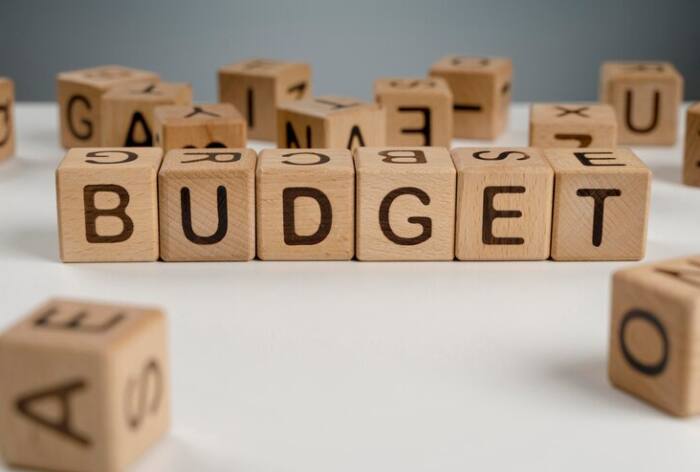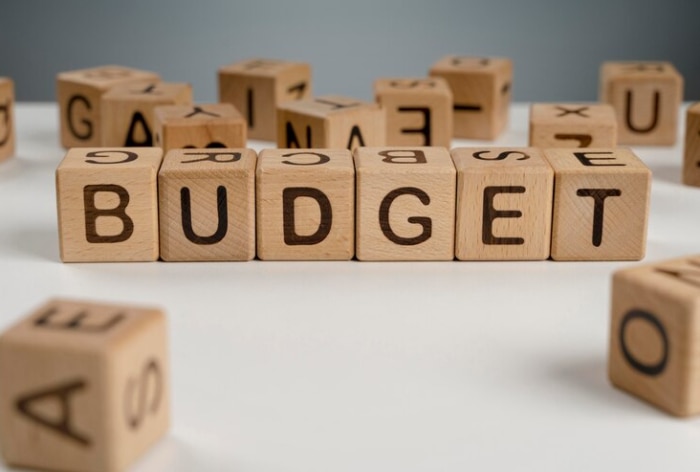Union Finance Minister Nirmala Sitharaman is all set to present the Interim Budget 2024-2025 on February 1, 2024, at 11:00 AM in the Parliament. The interim budget typically takes care of the fiscal n

Union Finance Minister Nirmala Sitharaman is all set to present the Interim Budget 2024-2025 on February 1, 2024, at 11:00 AM in the Parliament. The interim budget typically takes care of the fiscal needs of the intervening period till a government is formed after the Lok Sabha polls.
As we approach the Interim Budget 2024-2025, lots of complex budget-related terms are being used, making it confusing for many young minds. Students are left puzzled, searching online for the meanings of these words. In this article, we’ll break down these financial terms, so you can better understand what’s going on with the budget.
What is Budget?
A government budget is an annual financial statement of the estimated receipts and expenditure of the government over the fiscal year. In simple words, a budget is a financial plan that outlines expected income and expenses over a specific period, usually a year. The objectives of the Budget, typically presented annually, can vary based on the economic and social priorities of the government in a given year. Sustaining and stimulating g economic growth is the first and foremost objective of a budget. The budget may introduce policies and allocations aimed at fostering a robust and sustainable economy. Other key objectives are (I) Redistribution of income (II) Allocation of Resources(III) Bring Economic Stability.
What is Fiscal Deficit?
The difference between the government’s total expenditure and its total revenues excluding money generated from borrowings is known as fiscal deficit. It indicates the borrowing requirement of the government during the budget year, where the non-debt capital receipts + recovery of loans + disinvestment proceeds of the government.
What is Revenue Deficit?
The difference between Revenue Expenditure and Revenue Receipt, denoting the shortcoming or ‘deficit’ of government’s current receipts over current expenditure. In terms of formula, Revenue Deficit + RE-RR, where RE = Revenue Expenditure and RR= Revenue Receipts.
Demand for Grants
The estimates of expenditure from the Consolidated Fund included in the budget and required to be voted by the Lok Sabha are submitted in the form of Demands for Grants. Once the budget is presented, the government releases the Demand for Grants. Demand for Grants refers to the expenditure estimate which includes provisions related to revenue expenditure, capital expenditure, and government grants for the next financial year.
What is Capital Budget?
It consists of capital receipts and payments. The main items of capital receipts are loans raised by the government from the public which are called Market Loans, borrowings by the government from the Reserve Bank and other parties through the sale of Treasury bills, loans received from foreign governments and bodies and recoveries of loans granted by Central Government to State and Union Territory governments and other parties.
What is Outlay?
It is the division of money or resources into different sectors or ministries. Outlay can also be referred to the basic framework of the Union Budget.
Surplus Budget
The condition when the incomes or receipts overreach the expenditure or outlay.

